Granada's Sierra Nevada tramway would have been 100 years old this month
Inaugurated in 1925, this icon of electrified public transport connected Granada city with the snow-capped mountain tops until its closure in 1974
Manuel Titos Martínez
Granada
Tuesday, 25 February 2025, 11:15
On 20 January 1974, IDEAL newspaper reported to Granada society on the very last journey of the Sierra Nevada tramway that had happened on the previous day. Santi Lozano covered the story with photographs by Torres Molina.
"One of the most beautiful routes in Granada died yesterday. It was sacrificed for the sake of a progress that convinces many and pleases very few. Our Sierra tramway, the one that showed us such beautiful landscapes on the steady ride up, has gone forever. Its remains will end up in a foundry. The nature-loving people of Granada dedicated a last remembrance to it by flocking to its last journey so that it would not feel alone. Nostalgia, emotion and applause merged in a January afternoon that many people from Granada will remember from this day forward."
Those mythical trips to the Sierra began on 21 February 1925, when the first section of the tramway was inaugurated, a longed-for means of communication with the surrounding mountains and one that would have been 100 years old today. Nevertheless, its history began some years earlier.
The problem of access to the Sierra Nevada was that of communication and access. To solve this problem, roads had been built since the beginning of the century and several, pretty wild projects had been drawn up for the construction of trams, funicular railways, rack railway tunnels and lifts to take travellers comfortably from the streets of Granada to the summit of Mulhacén. Let us not forget those attempts by Emilio Aragón in 1904, Nicolás Escoriza in 1906, Isabel de Pineda in 1910 or that of Luis Gustavo Berg in 1914.
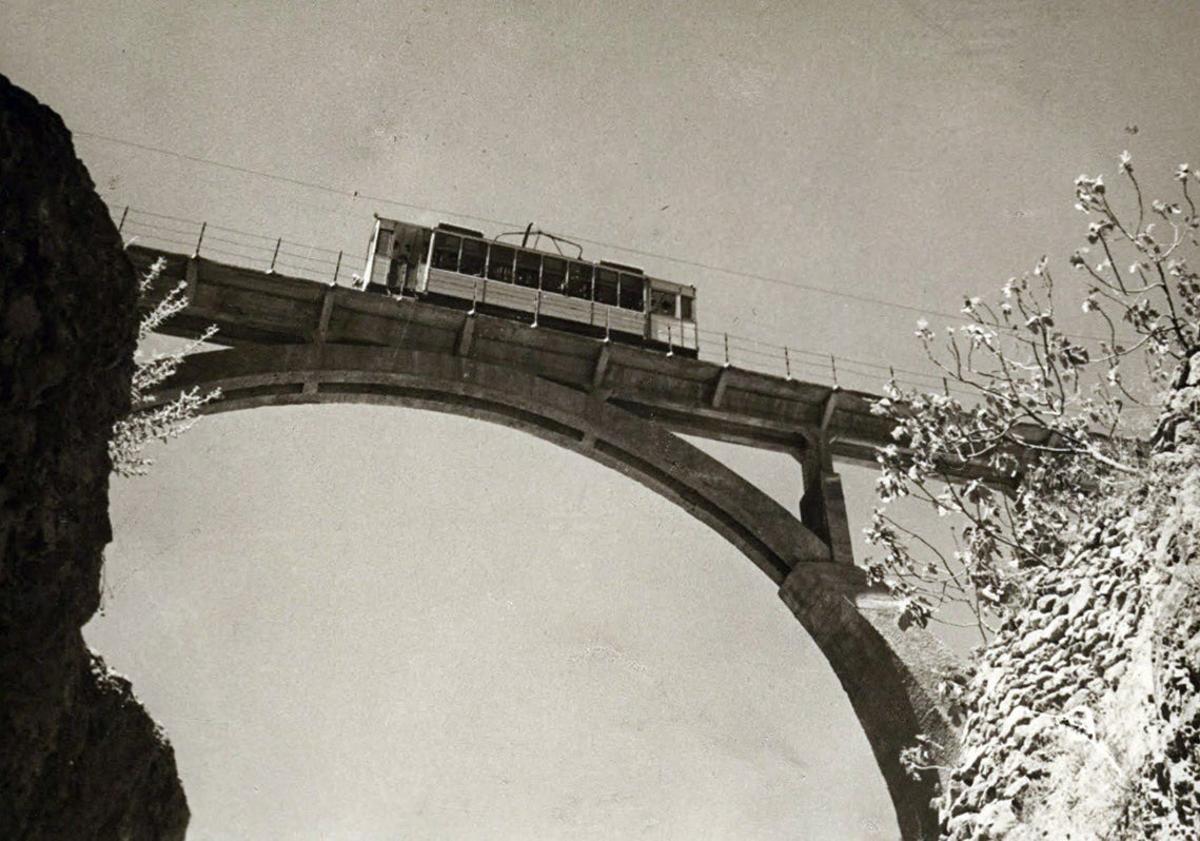

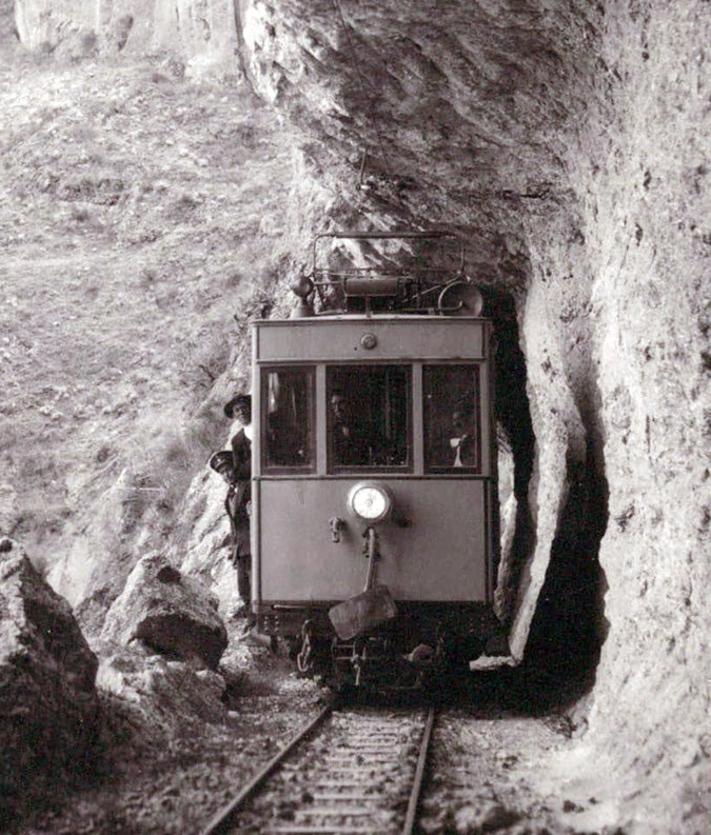
In 1905 the Duke of San Pedro de Galatino himself, who was then busy building the Alhambra Palace Hotel, took an interest in the matter and, together with the engineer Ramón Maurell and American architect Guy Lowet, carried out an expert survey of the land. However, the Duke kept his plans under wraps until 1919 when he made them public, proposing the construction of a tramway to the Sierra Nevada that would be financed as a limited company and a hotel in the middle of the mountain to be built with the Duke's own funds.
As far as Pinos Genil, the proposed itinerary would take advantage of the route of the Sierra Nevada road which engineer Juan José Santa Cruz had begun to build that same year. There it would leave the road and head up Genil to find the junction of the latter with the Maitena, continuing on to the point known as 'el Charcón', the closest place to the site chosen for building the hotel. In total, just over 20 kilometres were planned: 10.5 from Granada to Pinos, 5 to Güéjar and a further 4.8 kilometres to El Charcón. In the financial analysis, the study predicted an annual income of 292,000 pesetas between passengers and freight (minerals, wood and coal). We are talking about 800,000 euros in today's values.
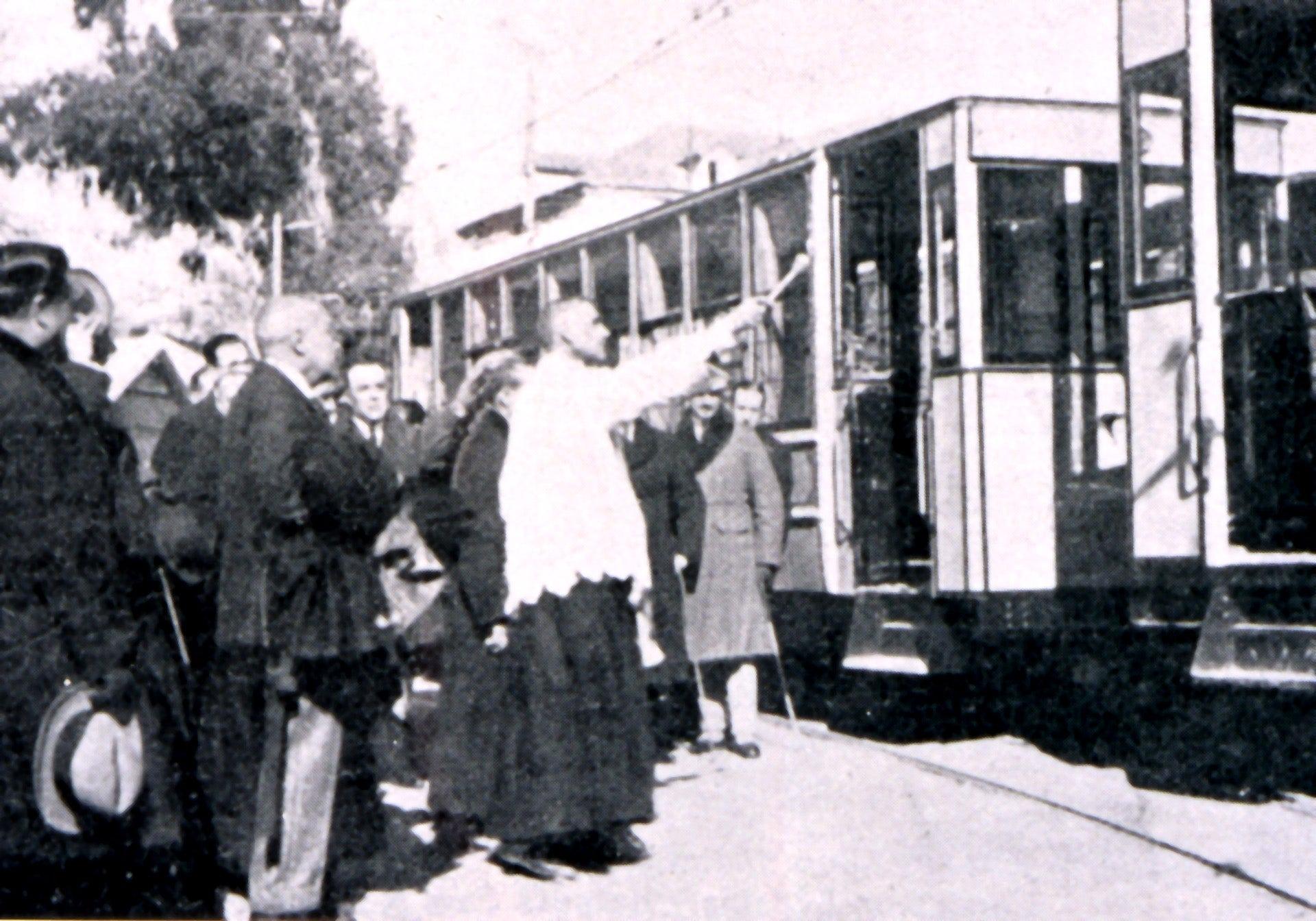
Popular financing
For the construction of the tramway the project set a total budget of 1,200,000 pesetas (3.3 million euros at 2025 prices) and for its achievement it was foreseen to issue 1,400 shares of 500 pesetas each and 1,000 redeemable bonds, also of 500 pesetas, with a 5% yield.
On 4 November the public deed of incorporation of the company was signed and, of the 157 shareholders who subscribed to the first issue, the largest was - as expected - the Duke of San Pedro, who acquired 439 shares worth 219,500 pesetas, equivalent to 31.3% of the share capital. The second was the company Hijos de Manuel Rodríguez-Acosta with 135 shares, the third was Isidoro Pérez de Herrasti, Count of Antillón, with 110 shares, and the fourth was Julián de Damas y García Valenzuela with 96 shares. Only 35 subscribers, 22%, acquired ten or more shares and, in contrast, 78% of the subscribers opted for for less than ten shares. Lastly, there were 47 shareholders who subscribed for only one share. In summary, it can be said that the tramway project had considerable popular support, which was clearly evident in such a large number of symbolic shareholdings.
The total investment in the tramway was approximately 1,424,150 pesetas
But that initial outlay was clearly insufficient. In 1920 it was necessary to increase capital by 350,000 pesetas. In 1921 came the issue of a loan for another 1,200,000 pesetas, in 1923 the issue of a further one million pesetas in preference shares and in 1924 the issue of two new bond loans for a total of 800,000 pesetas. The total cost of the company therefore amounted to 4,550,000 pesetas (12.6 million euros today), compared to the 1,200,000 pesetas initially budgeted. If the Duke of San Pedro maintained his initial 31.3% share in the whole project, his total investment in the tramway must have amounted to 1,424,150 pesetas (3.9 million euros).
14 tunnels and 21 bridges
Once the company was formed, engineers José Morell and Enrique Gómez López took on the project. On 1 December 1920, the construction work was put out to tender and work began at the beginning of 1921.
After almost four years of work, on 6 September 1924 the application to open for business was submitted to the civil government of Granada. There were already four Valencia-built engine cars in Granada with a power of 30 horsepower each and six tramcars. At the beginning of February the royal order was signed authorising services to run up to kilometre 12.2. So, at 10:30am on 21 February 1925 the first section of the tramway was finally inaugurated from Granada city to Canales. A month later, on 20 March, the Hotel Sierra Nevada, better known as the Hotel del Duque, was also opened.
After some strengthening work done on bridges and tracks as required by the inspectorate for public works ('Delegación de Obras Públicas'), in June 1925 the tramway was given provisional authorisation to run along the entire route from Granada to Güéjar Sierra station. This entailed travelling a total of 17.55 kilometres through one of the most rugged, difficult and beautiful areas of the Sierra Nevada. The tramway reached an altitude of 1,000 metres, using 14 tunnels and 21 bridges along the way.
From Güéjar Sierra station, work continued for over four kilometres along the right-hand bank of the Genil river. Thus, by 1928 the tramway had reached Maitena station, at the confluence of the rivers Maitena and Genil, from where visitors started their mountain excursion or were driven up to the Hotel del Duque in style in horse-drawn carriages.
Economic ruin or rescue?
Of the Duque de San Pedro's initial projects there was still a lot to be done, but the company's poor financial results discouraged any further construction or other developments. The Sierra tramway was never a profitable business. In fact, between 1925 and 1928 - less than four years in operation - the company lost 467,487.49 pesetas (1.3 million euros). The solution was to secure a government subsidy, which the company tried without success in 1929, or to close down. The latter option is what it did when the opportunity arose.
Shortly after the proclamation of the second republic in Spain (14 April 1931), labour relations on the Sierra tramway took a dangerous downturn. From 9 to 12 June 1931 all 45 of the tramway's staff went on strike. The company that owned the tramway jumped at this opportunity handed to them by the industrial conflict to announce the dismissal of all its workers on 23 June and the total cessation of its activity.
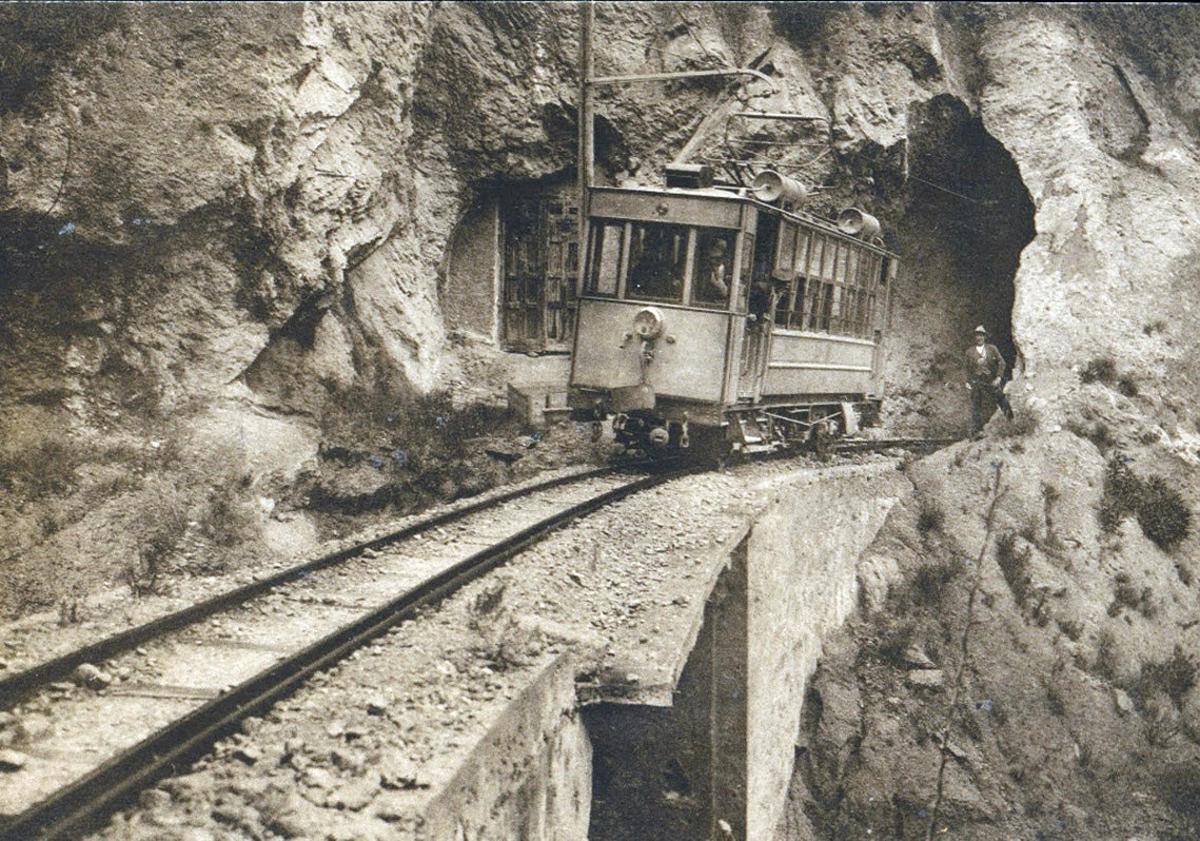
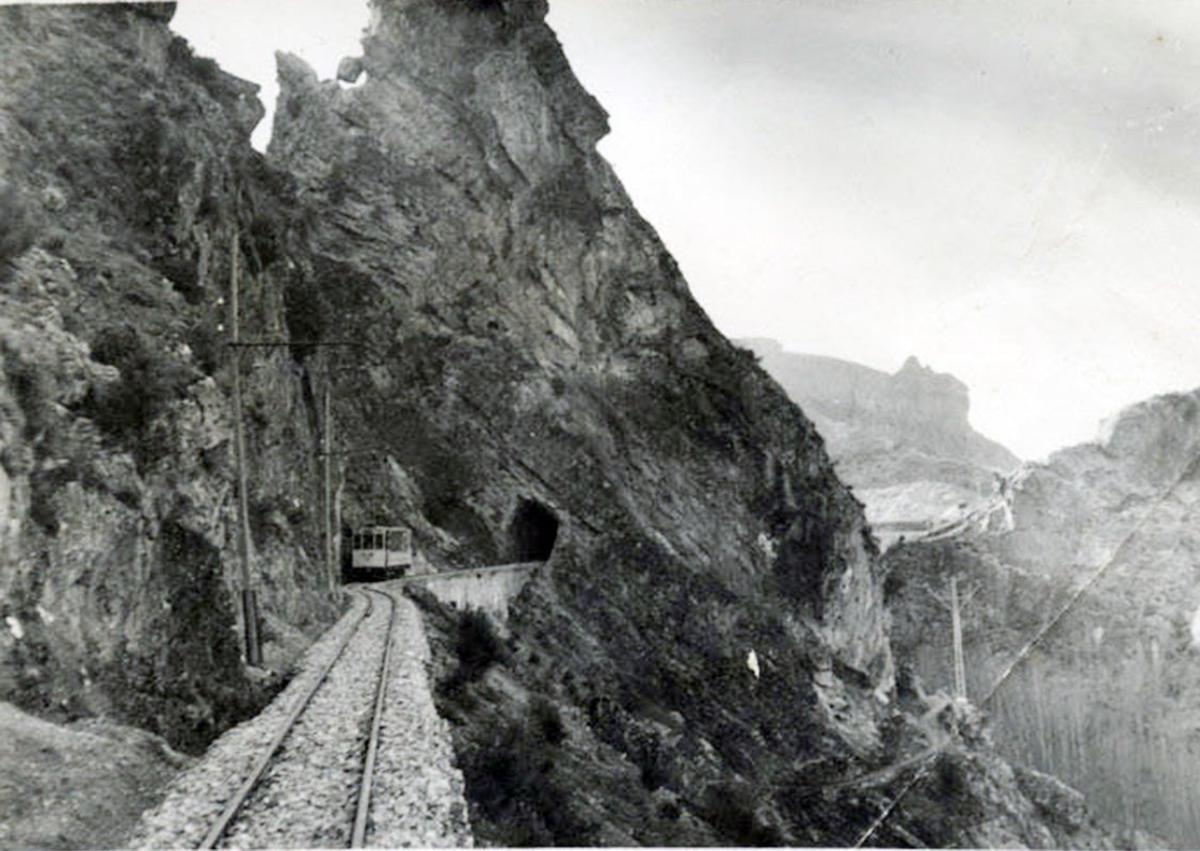
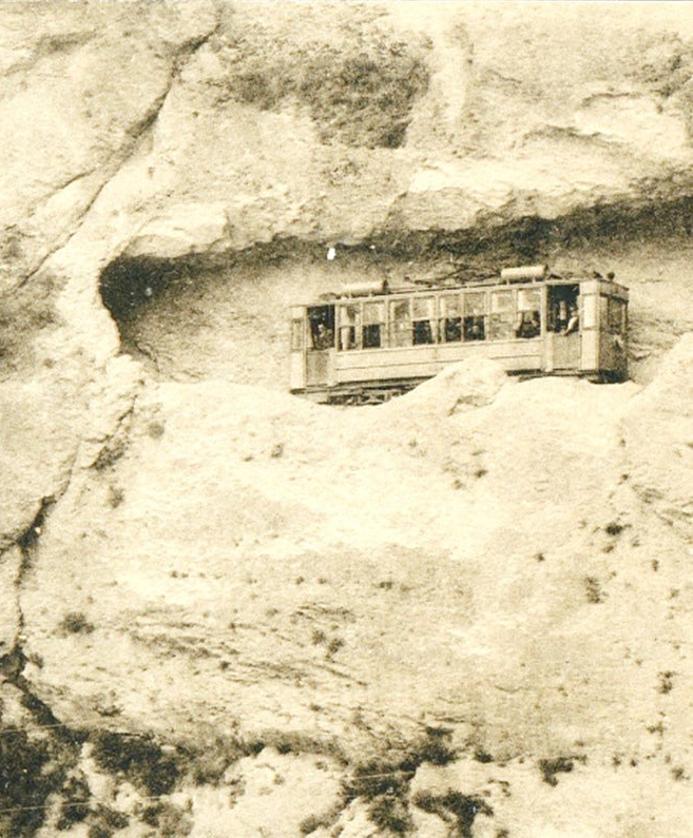
The local authorities, workers, passengers and the media were alarmed at this move and, on the last day of July, the regional head for the railways arrived in Granada with orders to proceed with the provisional seizure of the Sierra tramway line. The first order was to reinstate immediately the same personnel that were in the service of the tram company. After three weeks of stoppage all services resumed on 3 August 1931 under the direction of the fourth division of the state railway network. On 9 June 1934 the tramway, considered from then on as public property, definitively came under state control (managed by the 'Comité de Explotación de Ferrocarriles del Estado'), while the owners and shareholders of the private company carried on with a lengthy lawsuit seeking compensation, something that they never received.
Carrying on until closure
In 1942, as part of the reforestation projects for the foothills and plains around San Juan and Calvario, the engineer José Pérez Pozuelo designed the extension of the line to the Estrella mines, with the first phase consisting of 3.5 kilometres of tram line to the Barranco de San Juan ravine. From this point, the construction of a cable car was also planned to link up with the Albergues area at an altitude of 2,500 metres. The line from Maitena to Barranco de San Juan began in 1944 and was inaugurated in 1947, but the extension to La Estrella and the cable car remained in the imagination of the engineers, never seeing the light of day.
The Sierra Nevada tramway was never profitable, but it was a formidable, romantic means of transport to reach the Sierra Nevada. Its carriages shared the illusion of Granada's mountains with its many passengers for almost 50 years. Then, in 1973, the operating company submitted a proposal to the Spanish government to close it down as construction of the Canales reservoir was imminent and that would flood more than five kilometres of the line. So, on 7 December 1973, at a full meeting of the Cabinet, the ministers agreed to close the line. The last journey, amidst the sadness of some and the indifference of most, was made on 19 January 1974. The reservoir still had ten years of work in the pipeline.
Now 100 years have passed since the tramway was brought into operation and other railway quests beckon to attract our attention. Still, it seems only fair to stop and remember this small piece of transport history. Moreover, it is still possible to walk along several sections of the tram line for some nostalgia of days gone by. Memories and artefacts abound in the small museum that the local council of Pinos Genil has installed in its renovated tramway station. Here some can relive their experience of travelling on this line and others can learn about the history of this prodigious means of communication that we miss so much today because it allowed us to enter the very heart of the Sierra Nevada.